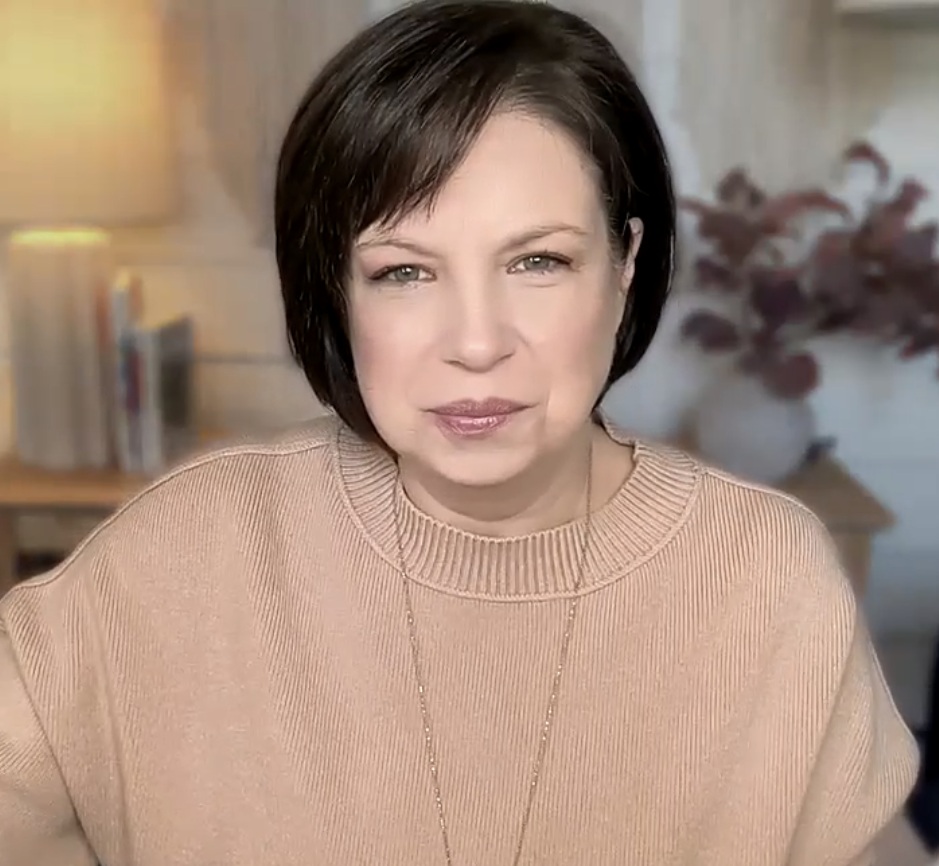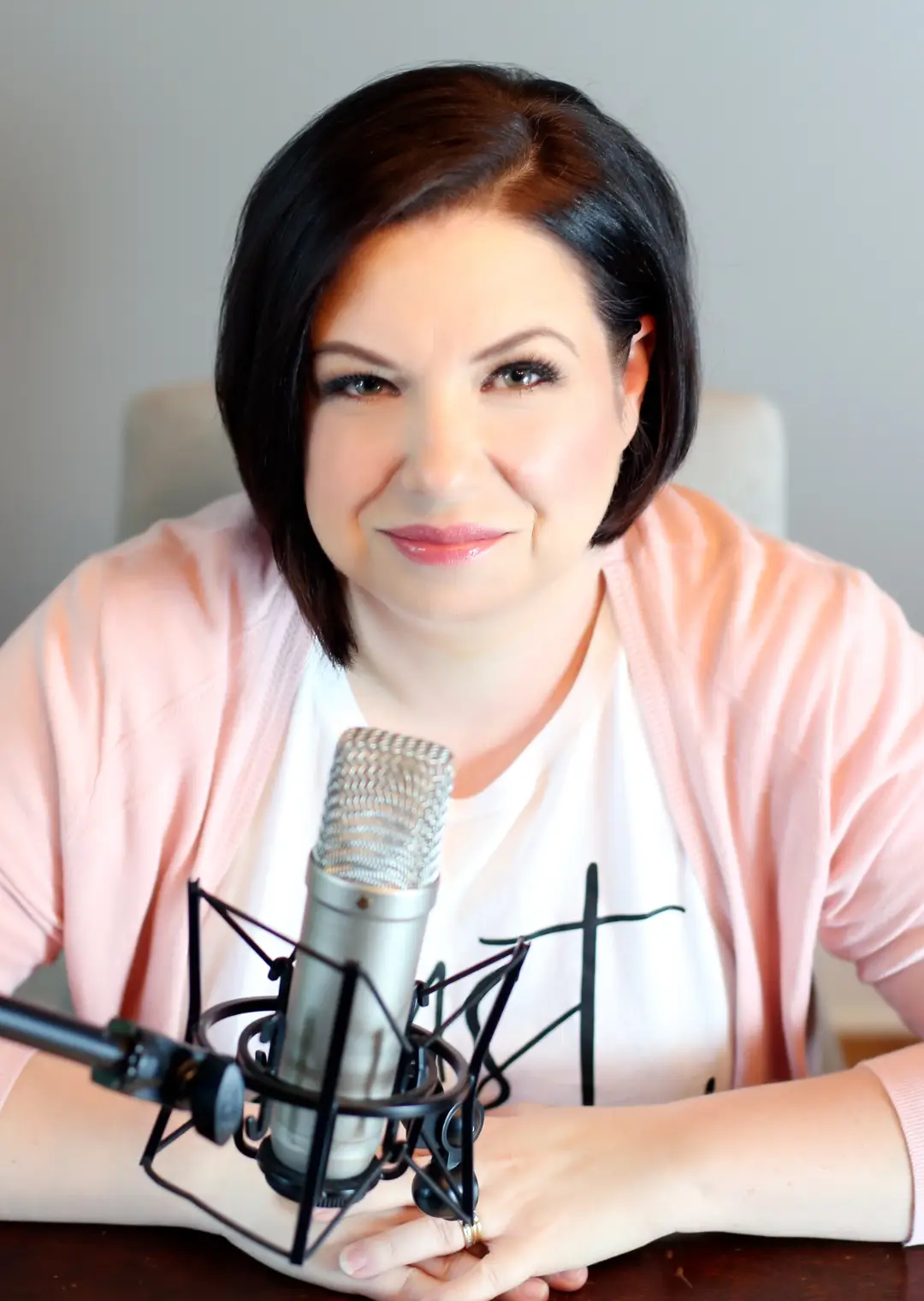Get some clarity.
This isn’t junk mail… this is life mail. These are strategies for your real life. My newsletter, Clarity, gets delivered to over 30,000 people each week to help them get clear on how to be the parent your neurodivergent kid needs. I’d love to help you, too. Subscribe now, it’s free.








Awesome interview it was very informative and interesting. Learned a lot of things I did not know even though Nikki is my daughter. Thank you for this very interesting podcast.
Thanks so much for listening, Mr. Perez!! 🙂
Thank you so much for having me as a guest, Penny! It was so fun and I am beyond thankful that you allowed me to share my knowledge on this topic!